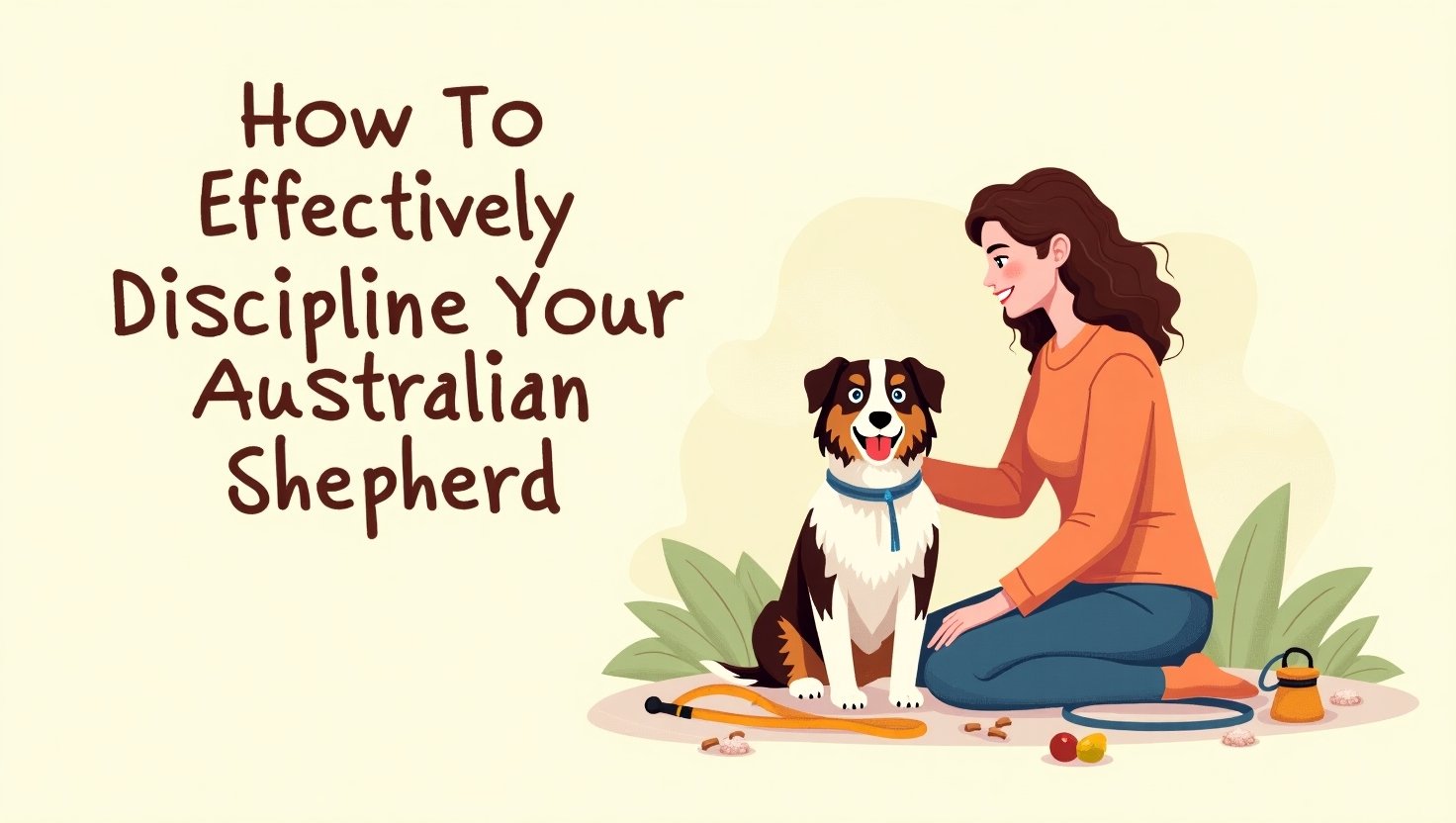
Discover the real-life journey of Australian Shepherd Blue Heeler mix puppies, their lifespan, health, discipline tips, and what makes them truly happy. Essential advice for new owners!
Are you prepared to invite an energetic, bright, and loyal whirlwind into your home? The Australian Shepherd Blue Heeler mix-known as the Texas Heeler-combines two of the country’s most loved herding dogs. Whether you’re a first-time dog parent or a seasoned pro, let this guide help you navigate what it’s really like to raise these incredible puppies — from their earliest wobbly steps to their golden years.
Enter the Aussie Blue Heeler Mix
Think of a puppy with the insatiable curiosity of an Australian Shepherd and the cleverness of a Blue Heeler. This mix is a medium-sized, athletic, active dog who is always ready for the next adventure. Their colors can be a beautiful mixture of blue, black, and fawn, and their eyes brighten with intelligence and mischief. Brindle Boston Terrier
- Weight: 45–50 pounds
- Height: 17–22 inches
- Temperament: Energetic, friendly, alert, protective
- Shedding: Moderate
- Family-friendly: Absolutely!
What Is The Lifespan Of Blue Heeler Mix dogs?
Life span is one of the most frequently asked questions by new owners. The good news? With TLC, these dogs are among the long-lived in the dog kingdom.
Average Lifespan: A Blue Heeler mix can be up to 12–15 years old, and there are many dogs that have reached the age of 17 or even older. What do Bichon Frise Usually Die From
What Impacts Lifespan?
- Genetics: Responsible breeding matters.
- Diet: High-quality nutrition is key.
- Exercise: Active every day, this keeps them fit and healthy.
- Vet Care: A check-up finds problems before they become problems.
There are some exceptional Blue Heelers that have lived almost 30 years, however this is very exceptional and it all comes down to genes and great care.
Do Australian Shepherds Live to 20?
The fantasy of a 20-something Aussie is touching, but it’s not standard. For the most part, Australian Shepherds live 12 to 15 years, though some may live as long as 18 years with good care. There are occasional tales of minis whose lives stretch into their early 20s, but these are outliers and they aren’t what anyone should hope for with their dog. Teacup King Charles Spaniel
What helps them live longer?
- Consistent exercise and mental stimulation
- Preventative Care and Issue Detection
- A loving, low-stress environment
What Is the Most Common Cause of Death in Australian Shepherds?
Every cat owner needs to know about risks to health. For Australian Shepherds, cancer is the most frequent cause of death, occurring for around 30% of individuals. Other significant risks include:
- Epilepsy
- Injuries (particularly in youthful, active dogs)
- Vision and hearing problems
Early diagnosis and a trip to the vet can make a significant difference in quality and longevity of life.
How Long Do Heeler Shepherds Live?
Lifespan of the Australian Shepherd Blue Heeler Mix The Blue Heeler Australian Shepherd mix can live for 12–15 years, similar to both parent breeds. Few will make it to 16, or even 18 years of age.
- Advice for a long, healthy life:
- Daily exercise (1–2 hours)
- Cognitive challenges (puzzle toys, training games) Offering toys and games that challenge the dog to use their mind.
- Balanced diet
- Socialization from a young age
How to Train an Australian Shepherd
Training an Australian Shepherd is a bit of an art but it mostly boils down to patience, positive reinforcement, and consistency. These dogs are sensitive and emotionally intelligent, and may not respond well to being yelled at, hit or otherwise punished.
Effective discipline tips:
- Be predictable: Use the same commands and rules on every occasion.
- Positive reinforcement: Treats, praise, and play to reward good behavior.
- Redirect, don’t discipline: If your dog does something you don’t like, calmly redirect them to something more appropriate.
- Daily routine: Make time for regular training, meals and walks.
- Patience is crucial: Celebrate small victories and remain cool in the face of setbacks.
Do not use aversive corrections or physical punishment — these can erode trust and worsen behavior problems.

Favorite This Article What Do You Australian Shepherds Like?
Australian Shepherds and their Blue Heeler cousins flourish on activity, mental stimulation, and strong bond with their people.
Their favorite things include:
- Interactive toys: Fetch, agility, herding balls, and puzzle toys
- Outdoorsy activities: Walking, running, swimming, or a leisurely visit to somewhere new
- Teaching ‘ol’ dogs’ new tricks: These pooches love to show off their skills
- Living in the family fold: Aussies are loyal and happiest as part of the everyday routine
- Work: Wether they are simply herding or carrying a back pack, helping around the house they love to have a job!
If you’re a couch potato, this breed isn’t for you! But if you want an adventure buddy, you’ll never be bored.
Owner Tips For Life How To Raise A Happy Heeler Shepherd Mix
- Begin socializing: Get your dog used to new humans, animals, and places.
- Grooming: Brush him 2 or 3 times a week; bathe as necessary to prevent dry skin.
- Nails: Keep the nails well trimmed to become comfortable.
- Mind work: Rotate toys and teach new commands to keep their mind sharp.
- Safe space: Provide them with a calm place to retreat when they require a break.
How to Effectively Discipline Your Australian Shepherd
Australian Shepherds are very smart, energetic, and people-pleasing pets, but that energy and the natural insticts to herd can result in behavior issues at times. Discipline that effectively guides, rather than punishes. Here’s how to be certain your Aussie is well behaved:
Use Positive Reinforcement
- Positive reinforcement: Reward your dog with treats, praise, or play whenever he obeys with a task or behaves properly.
- Ignore or redirect undesired actions: Choose with calmness to redirect your dog to a more acceptable behavior (e.g., provide a chew toy when inappropriately chewing furniture).
- Be consistent: Always reinforce the behaviors you want to keep seeing and never send mixed messages.
Set Clear Boundaries and Rules
- Set household rules: Determine where (and what) is off-limits (like jumping on guests or nipping).
- Use consistent commands: The commands themselves as well as the words and gestures used with commands should be the same for everyone in the household.
- Gently enforce rules: If your dog is breaking a rule, let it gently guide them over to the proper behavior, rather than scolding.
Keep the Training Sessions Short and Fun
- Short, frequent sessions: Keep training sessions short and aim for 10-15 minutes per session to keep your Aussie on task and prevent boredom.
- Keep it interesting: Interchange obedience commands, tricks, and games to keep things fun.
- End with a win: End every training session with a win, followed by play.

Plenty of Physical and Mental Exercise
- Give them plenty of exercise: An Australian Shepherd needs a minimum of 1-2 hours of physical activity daily in order to be able to expend its energy and stop showing bad behaviour.
- Mental stimulation: Puzzle toys, scent games and training exercises will help to keep their minds in top form.
- Structured play: Things like fetching, agility or herding games serve as outlets for their instincts.
Redirect Herding and Nipping Behaviors
- Provide alternatives: If you see your Aussie trying to herd people or other pets, redirect them to a toy or game of fetch.
- Teach impulse control: Practice commands such as “leave it” and “stay” to teach your dog self-control.
- Socialize early: Take your dog to see as many different people, other pets, and places as possible to avoid nervousness and reverse herding.
Avoid Physical Punishment
- No hitting, no yelling: Hitting, smacking or yelling at your dog can break down trust and result in fear or aggression, particularly in more tender types like Aussies.
- Do gentle corrections: If a correction is necessary, a firm “no” or a short time-out is both more effective and less damaging.
Establish a Routine
- Regular schedule: Establish routines for feeding, walks, training, and relaxation. Dogs thrive on predictability.
- Safe space: Try to make a quiet place where your dog may relax and feel safe.
Be Patient and Persistent
- Reward your small powers of will: changes may take time, but recognize small accomplishments and stay positive.
- Remain calm: You set the tone, they take the cue — and patience and encouragement are aces.

What Matters To Your Australian Shepherd By using positive reinforcement, clear set boundaries, and lots of mental and physical activity, you will truly enjoy your well-behaved Australian Shepherd who has a very special bond with you. Keep in mind, balance and compassion are the most important part of good discipline for this smart and tender breed.
F.A.Q.S: The New Owners Edition
A: Are Blue Heeler mixes good family dogs?
A: Yes! They’re loyal, protective and great with kids — just be prepared for their energetic nature.
Q: How well do they do with other pets?
A: They can live happily with other dogs, even with cats, if properly socialized early.
Q: What kind of exercise do they require?
A: About two hours, for the mental challenges.
Q: Are they easy to train?
A: Yes, but they need diversity and continuity to be interested.
Conclusion: Is This Formula for You?
The Australian Shepherd Blue Heeler mix is not a dog for everybody — but for the right owner, they can be a dream come true. If you are active, love the outdoor, and want a dog that’s as intelligent and loyal, then this mix will provide you with years of adventure and friendship.
Remember: every dog is unique. With love, discipline and proper care, your Aussie Heeler mix can become a happy, healthy and cherished member of your family.



Leave a Reply